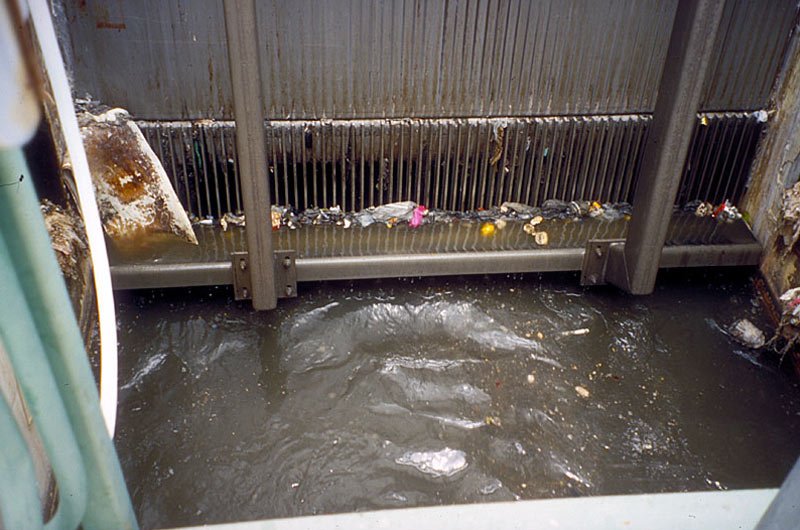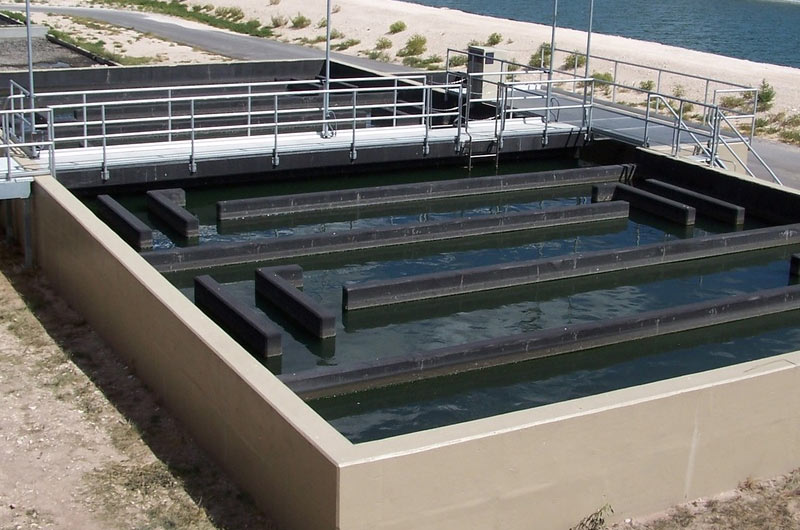Many people often ask about the process of water recycling because they are too skeptical about the usage of reclaimed water. While many are aware that it is the only golden window left to conserve water, others cringe at the thought of using wastewater. This is because we are not aware of the ways in which water can be recycled and the process of purification it follows to be worthy of reuse. Water recycling is the need of the hour because it saves our planet’s most precious resource. It can be done on an individual level as well as industrial space.
But before we delve into its applications, we must understand the process of recycling.

What is water recycling?
Water recycling systems use the wastewater generated from factories, industries and regular households and treat them until they are fit for consumption – be it for irrigation, drinking purposes or any other intended application. The process which will be employed to purify water depends on the type of water to be purified and the application it will be put to. Depending on the intensity of pollutants in wastewater, the number of steps in water recycling system will vary. For example, drinking water will require several layers of purification while water to be used for irrigation will require less efforts.

Water intensive industries generate ample amounts of wastewater. When this wastewater is reused, it conserves our water resources. For instance, the same wastewater can be used as a coolant in these industries. This will prevent water depletion from our surface waters and be an eco-friendly step on the part of the industries. Recently, a high end fashion label, Lev’is resorted to such steps as an attempt to save water. Their efforts were acclaimed throughout the world because a small thought on their part now saves millions of gallons of water everyday. Similarly, other industries can also work on their processes and benefit from water recycling systems used in their day to day operation.
Read : Benefits of water conservation
In addition to the factors mentioned above, the industry must maintain a clean and hygienic
space to install the water recycling system. The required flow rate of water also plays a big role.
The stages of water recycling
Removing oil and large particles
The first step in the process of water recycling is to remove large chunks of oil and particles. This is achieved by the combined efforts of the triple interceptor and oil separator.
The former is a large tank broken down into three-compartments. The water passes from the first compartment to the second, and then from the second to the third. The triple interceptor allows time for any sludge to sink to the bottom of the first compartment.
After the wastewater has been through a triple interceptor, it is treated in the oil and water separator. As the name suggests, the oil and separator is solely aimed at removing oils by using a basic logic of physics – since oil is less dense than water it will tend to float to the top of a tank, where it can be collected and removed.

Filtration
Now that all the oils and large solids have been removed, the wastewater is sent to a process tank for storage from where it will be pumped into a filtration system tank.
The first part of the filtration system is a deep bed media filter. Here, water is pushed at high pressure through other granular particles like fine sand. This removes any large particles which may be still contaminating the water. Next, water is put through a three-stage cartridge filtration. This ensures that the required maximum particle size is achieved (which is usually 1 micron).
Removing chemicals
The treatment required to remove chemicals from water largely depends upon the presence, type and amount of surfactant (usually found in detergents) in the water.
Detergents are used in every household today for achieving maximum levels of hygiene. How do they work? They mix soil and oily with water and allow them to be rinsed off easily. The effectiveness of detergents depends upon how hard or soft the water is. Water hardness is essentially the amount of calcium, magnesium, iron and manganese ions in water. The ions of Calcium and magnesium grip the surfactant and leave behind residue on both water and surfaces.
Read : Types of water pollution
This residue needs to be addressed. For this, chemical based substances called “builders” are added to the water. Once added, the water is said to be soft. Generally, a generous amount of phosphate is added. This makes the water soft but gives rise to another major issue – environmental pollution. Phosphate and surfactants are non-biodegradable. Because they refuse to break down under natural pressures, they end up contaminating the food chain and even prove to be toxic for animals and vegetation.
Hence, the detergent needs to be removed from water. There are two main ways to achieve this
- Using chemical treatments which allow detergent particles join and coagulate
2. Subjecting the water to bacteria treatment to decompose detergent

Sterilisation
When all the detergent has been removed from the water, the latter is sterilized. We are dealing with wastewater which is full of disease-causing pathogens, viruses, parasites and bacteria. The presence of these makes the water unfit for human consumption.
This stage is not mandatory unless the water is being recycled for human consumption. But it is still better to include it in the standard operating procedure. For instance, it is not acceptable for these viruses and pathogens to even enter the food chain because they can cause infections. Hence the wastewater, which is now almost pure is subjected to the techniques of sterilization.
There are two techniques of sterilising water:
1. Chlorine sterilisation
This is achieved by adding a certain quantity of Chlorine to the water and maintaining this level throughout. This technique is ideal when water is to be stored and reused in the future.
2. UV sterilization
This technique involves running water under UV light rays. This is ideal for immediate consumption scenarios because it disrupts pathogens’ cellular functioning.
Fact
Israel recycles 80 percent of its sewage, using much of it for irrigation.
Read more Facts : Water conservation in Israel
Sterilisation
When all the detergent has been removed from the water, the latter is sterilized. We are dealing with wastewater which is full of disease-causing pathogens, viruses, parasites and bacteria. The presence of these makes the water unfit for human consumption.
This stage is not mandatory unless the water is being recycled for human consumption. But it is still better to include it in the standard operating procedure. For instance, it is not acceptable for these viruses and pathogens to even enter the food chain because they can cause infections. Hence the wastewater, which is now almost pure is subjected to the techniques of sterilization.
There are two techniques of sterilising water:
1. Chlorine sterilisation
This is achieved by adding a certain quantity of Chlorine to the water and maintaining this level throughout. This technique is ideal when water is to be stored and reused in the future.
2. UV sterilization
This technique involves running water under UV light rays. This is ideal for immediate consumption scenarios because it disrupts pathogens’ cellular functioning.

